Three JS Development - Browser-Based 3D Rendering
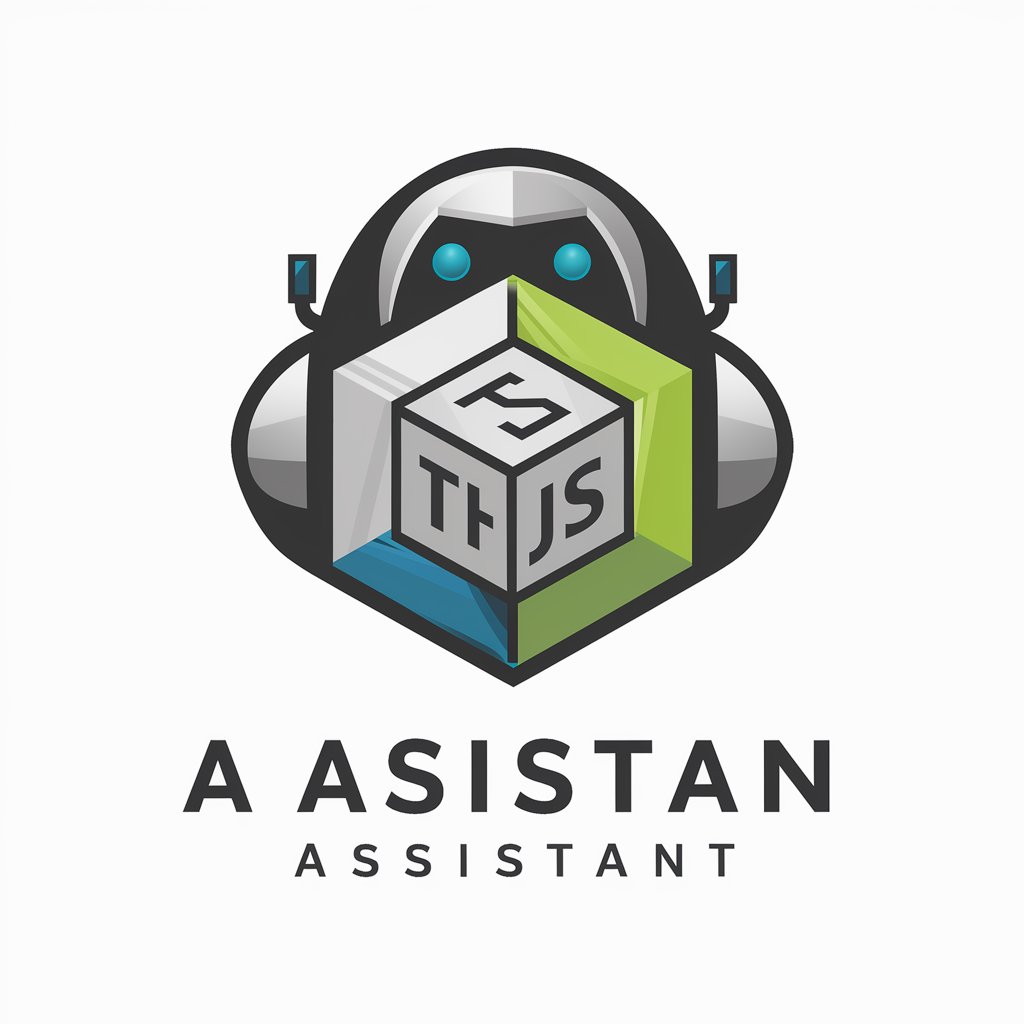
Welcome to Three.js Development! Let's create stunning 3D experiences.
Empowering creative coding with AI.
Create a 3D scene using Three.js that includes...
Generate a dynamic animation with Three.js focusing on...
Develop an interactive web application using Three.js to...
Showcase the capabilities of Three.js by building a model of...
Get Embed Code
Introduction to Three JS Development
Three.js is a cross-platform JavaScript library and Application Programming Interface (API) used to create and display animated 3D computer graphics in a web browser. It relies on WebGL for rendering, providing developers with a detailed and highly functional interface to build 3D applications without the need for complex and low-level WebGL code. The design purpose behind Three.js is to make the process of developing 3D applications more accessible and manageable, allowing for the creation of sophisticated visualizations, games, and interactive experiences directly within the web browser. Examples of Three.js in action include virtual product tours, educational tools for visualizing complex scientific data, interactive art installations, and web-based game development. These scenarios showcase the library's flexibility and its ability to enhance user engagement through immersive 3D experiences. Powered by ChatGPT-4o。

Main Functions of Three JS Development
3D Scene Creation
Example
Developers can utilize Three.js to assemble 3D scenes that include geometries, materials, lights, and cameras. This function is crucial for setting up the foundational elements of any 3D application.
Scenario
In a real-world situation, an architect might use Three.js to create a virtual tour of a building design, allowing clients to explore the interior and exterior spaces in a web browser.
Animation and Interaction
Example
Three.js supports the animation of objects within the 3D scene, as well as user interaction with these objects through mouse and keyboard inputs.
Scenario
A game developer could leverage these capabilities to create a web-based game where players can navigate through a 3D environment, interact with objects, and trigger animations.
Data Visualization
Example
The library provides tools for creating complex 3D data visualizations, making abstract data more tangible and understandable.
Scenario
Scientists or data analysts might use Three.js to visualize large datasets or complex systems, such as representing global weather patterns or visualizing the structure of a molecule in 3D space.
Virtual Reality (VR) Experiences
Example
Three.js includes support for WebVR, enabling the creation of immersive VR experiences that can be accessed through compatible web browsers and VR headsets.
Scenario
An educational institution could develop VR field trips that allow students to explore historical sites, distant planets, or microscopic environments virtually.
Ideal Users of Three JS Development Services
Web Developers and Designers
This group includes professionals focused on creating engaging websites and web applications. They benefit from Three.js by incorporating 3D elements and interactive experiences into their projects, thereby enhancing user engagement and providing a more dynamic web presence.
Game Developers
Game developers seeking to build or prototype web-based games find Three.js valuable for its comprehensive suite of tools for 3D game creation, including physics, lighting, and character animation, without the need for complex WebGL coding.
Educators and Researchers
For those in education and research, Three.js serves as a powerful tool for visualizing complex concepts and data. It allows for the creation of interactive models that can aid in teaching and presenting scientific research in a more accessible and engaging format.
Artists and Creative Professionals
Artists and creative professionals utilize Three.js to explore digital art and interactive installations. The library enables them to experiment with 3D designs and animations in a web environment, pushing the boundaries of digital art and storytelling.

Getting Started with Three JS Development
1. Begin Your Journey
Start by visiting a platform offering Three JS Development insights without the need for signing up or ChatGPT Plus, such as yeschat.ai for a hassle-free trial.
2. Explore Tutorials
Familiarize yourself with Three.js by exploring available tutorials and documentation to understand the fundamentals of 3D modeling and rendering in the web environment.
3. Set Up Your Development Environment
Ensure you have Node.js installed on your system. Then, set up your development environment by creating a new project and installing Three.js via npm or yarn.
4. Create Your First 3D Scene
Begin by creating a simple 3D scene. This involves initializing a scene, camera, renderer, adding a geometry mesh, and finally, rendering the scene.
5. Experiment and Iterate
Experiment with different geometries, materials, and animations. Use the Three.js documentation and community resources as guides to enhance your project and achieve your desired outcomes.
Try other advanced and practical GPTs
React Three Fiber Guide
Bringing 3D to the web with AI

Kayla's Three Day Meal Planning GPT
Personalized meal planning at your fingertips
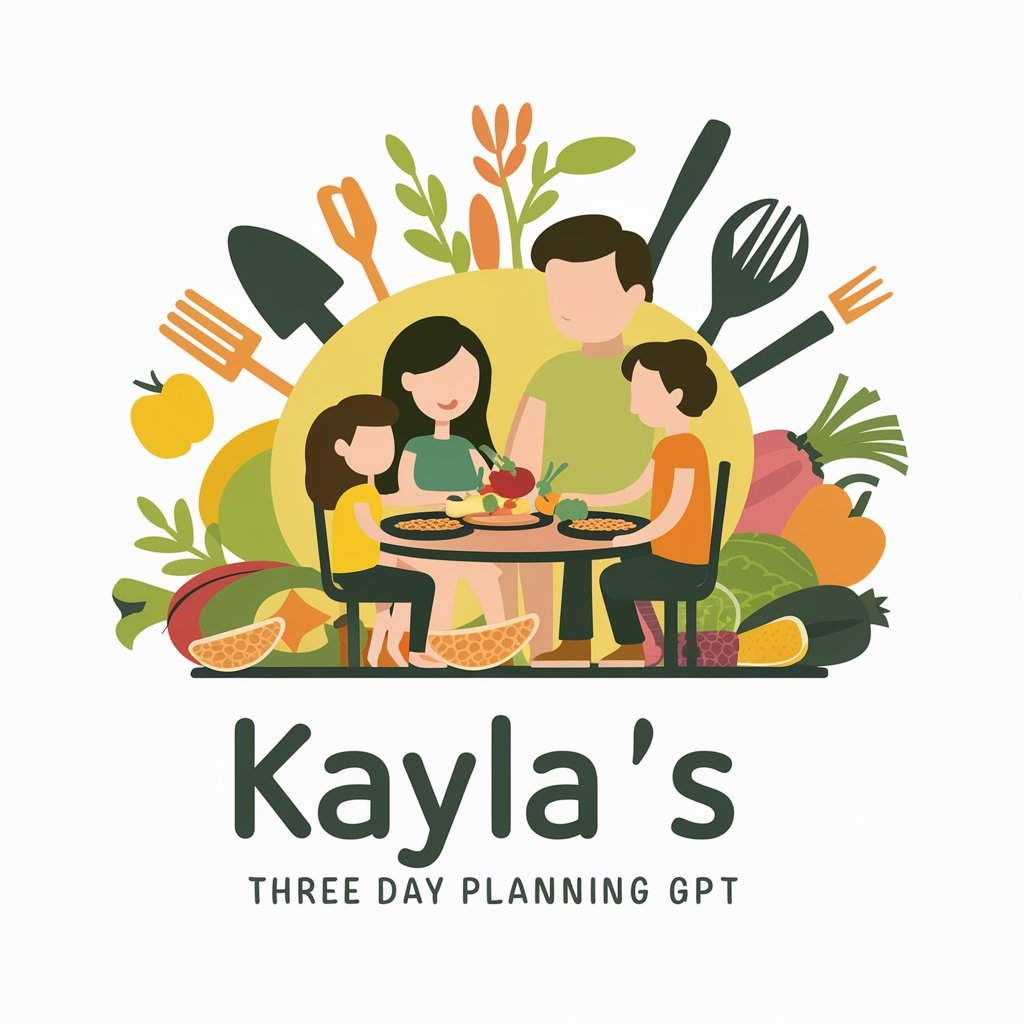
Three-Star Chef
Elevate your cooking with AI-driven culinary mastery.

North Star
Empower Your Career with AI
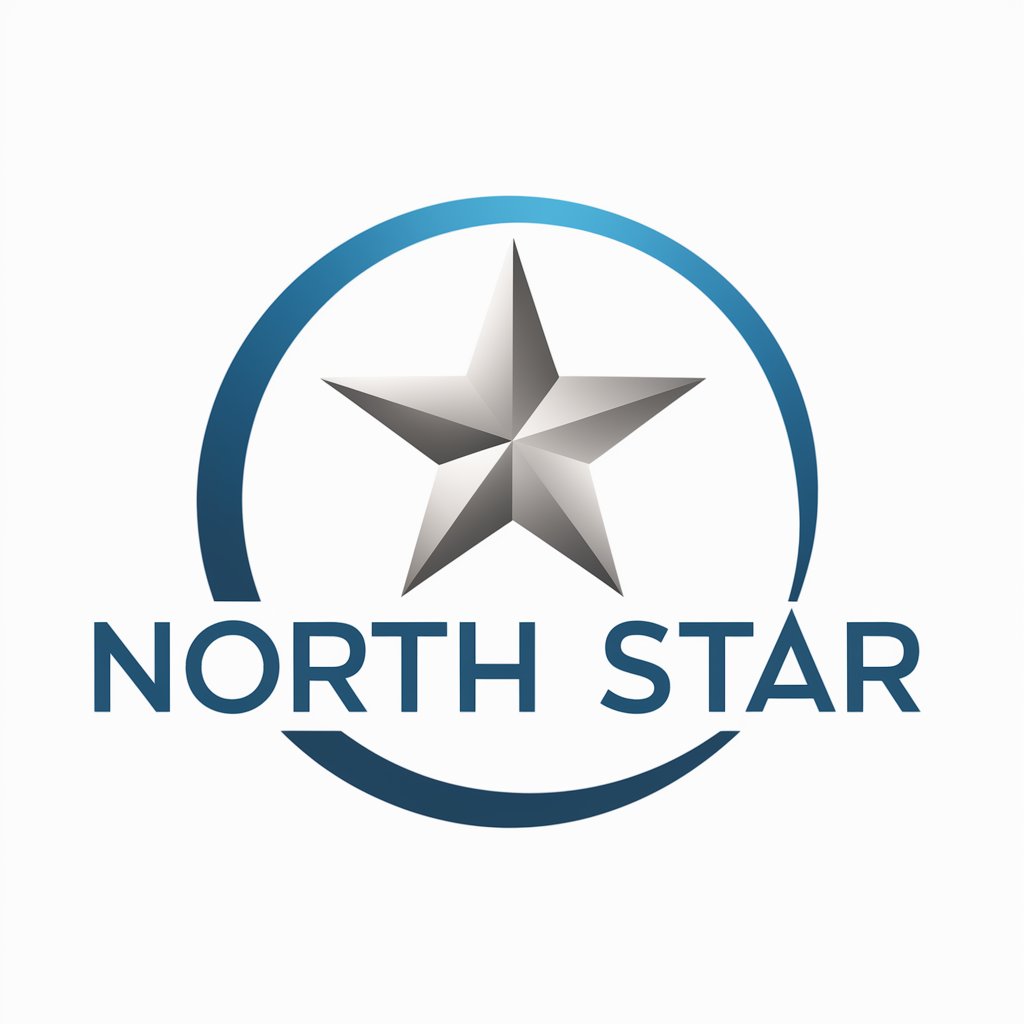
Vector Laser Image, Cut Files & Logos GPT
Crafting Creativity with AI Precision
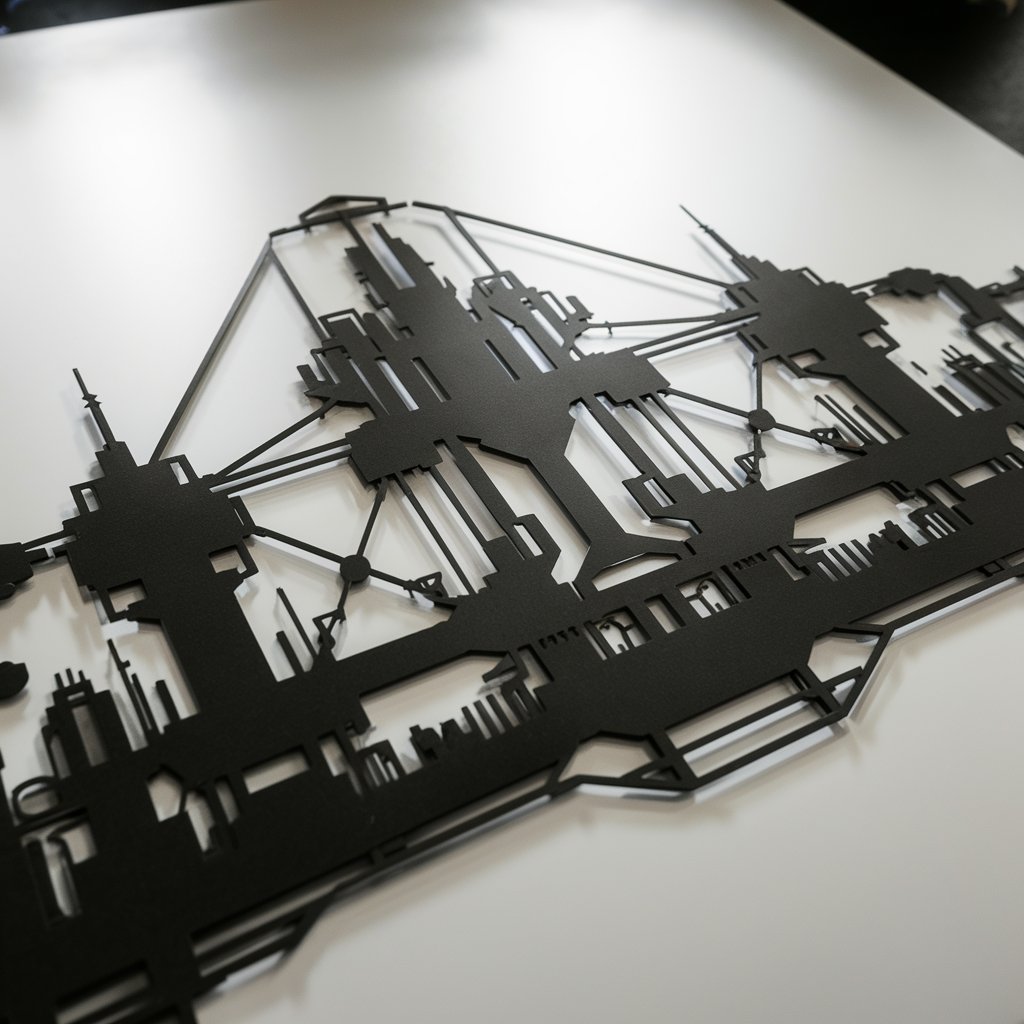
Laser Graphics Cut&Engrave
AI-powered precision cutting and engraving

How to Make: Juice
Squeeze the best out of nature.

Gym & Juice Guru
AI-Powered Personal Fitness and Nutrition Coach
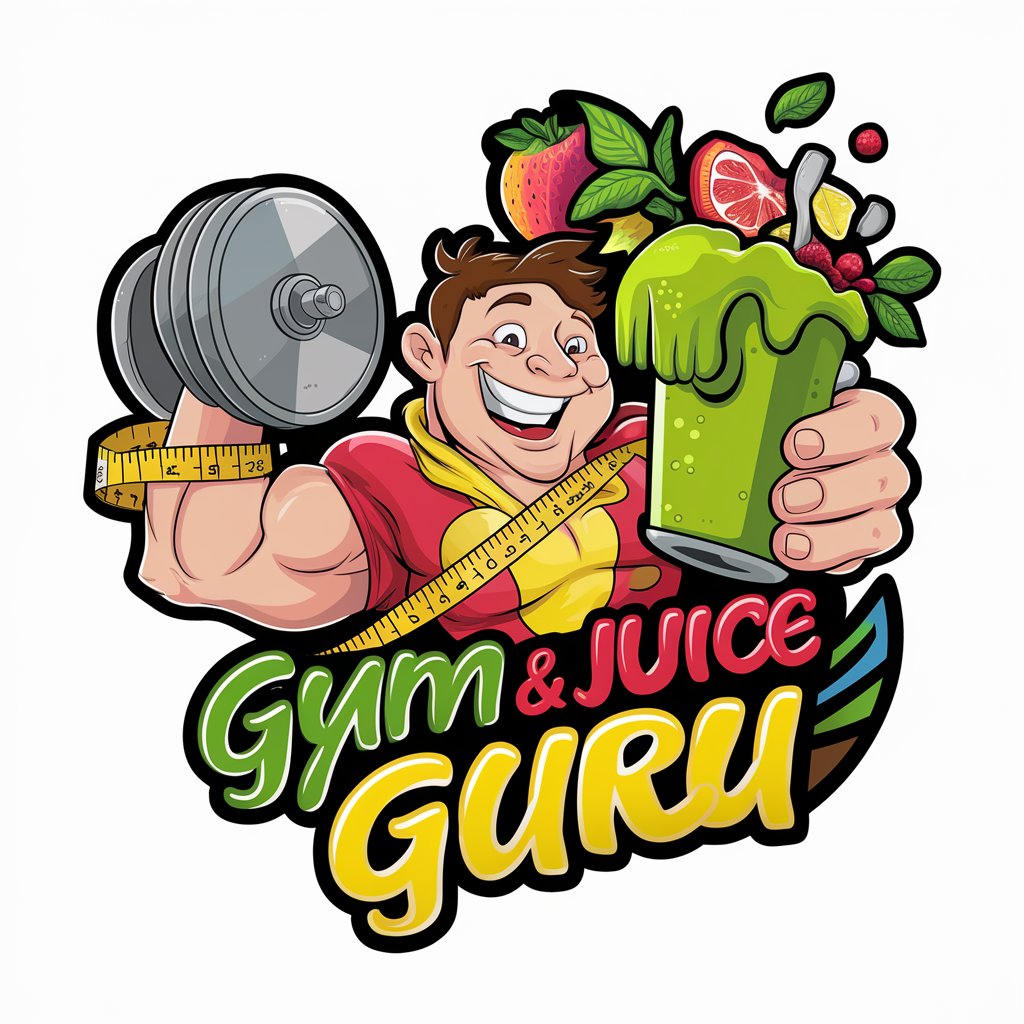
Assistente Juice at Home
Your Personalized Gourmet Guide
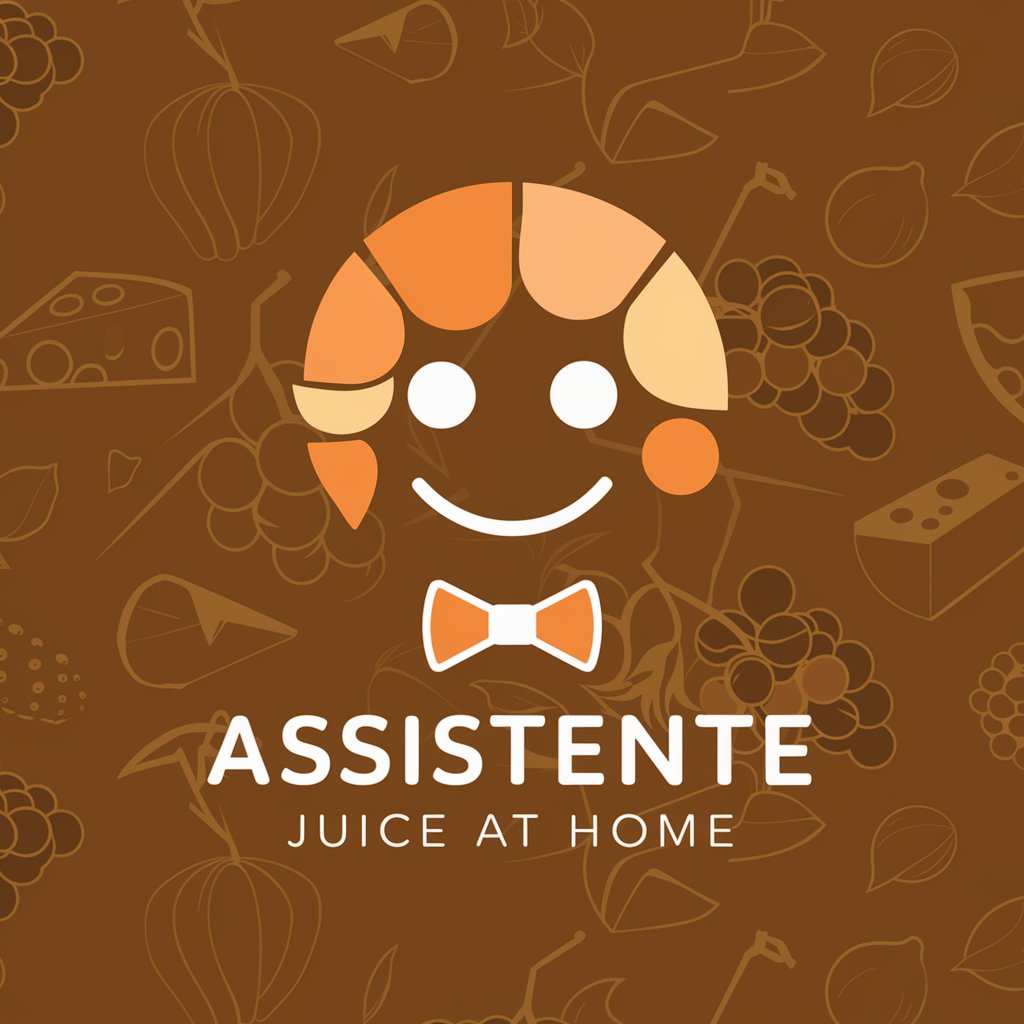
Creative Juice
Unleash creativity with AI-powered insights
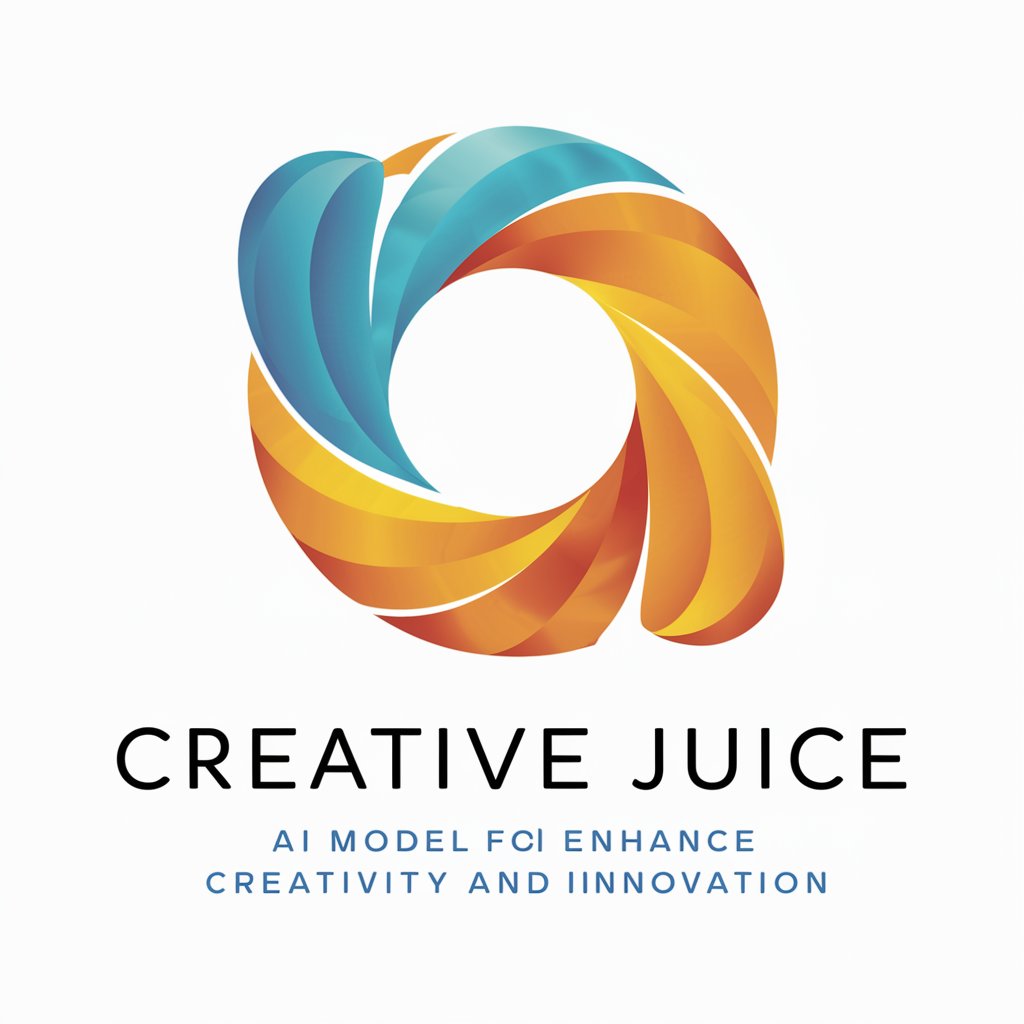
satellite imagery analysis
Unlocking Earth's secrets with AI
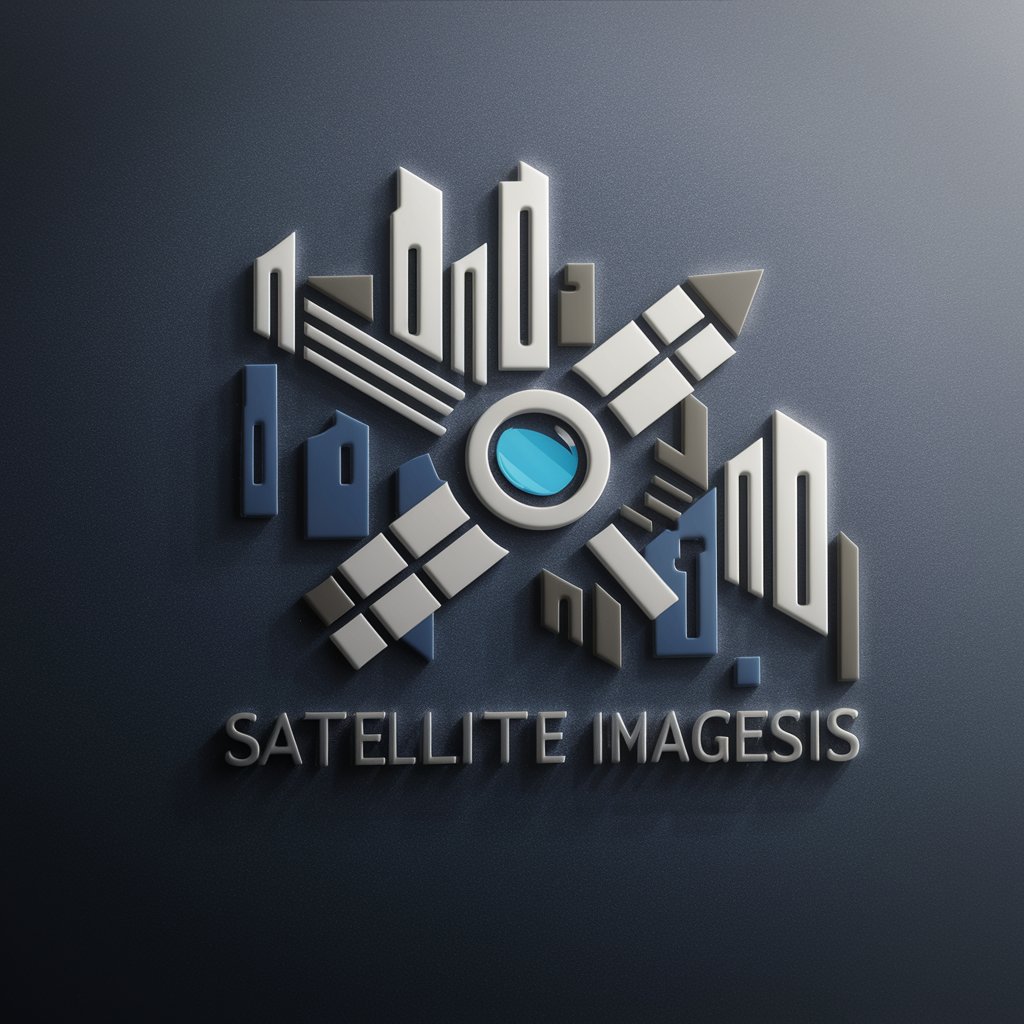
Satellite Operations Advisor
Expert Satellite Operations Insights, Powered by AI
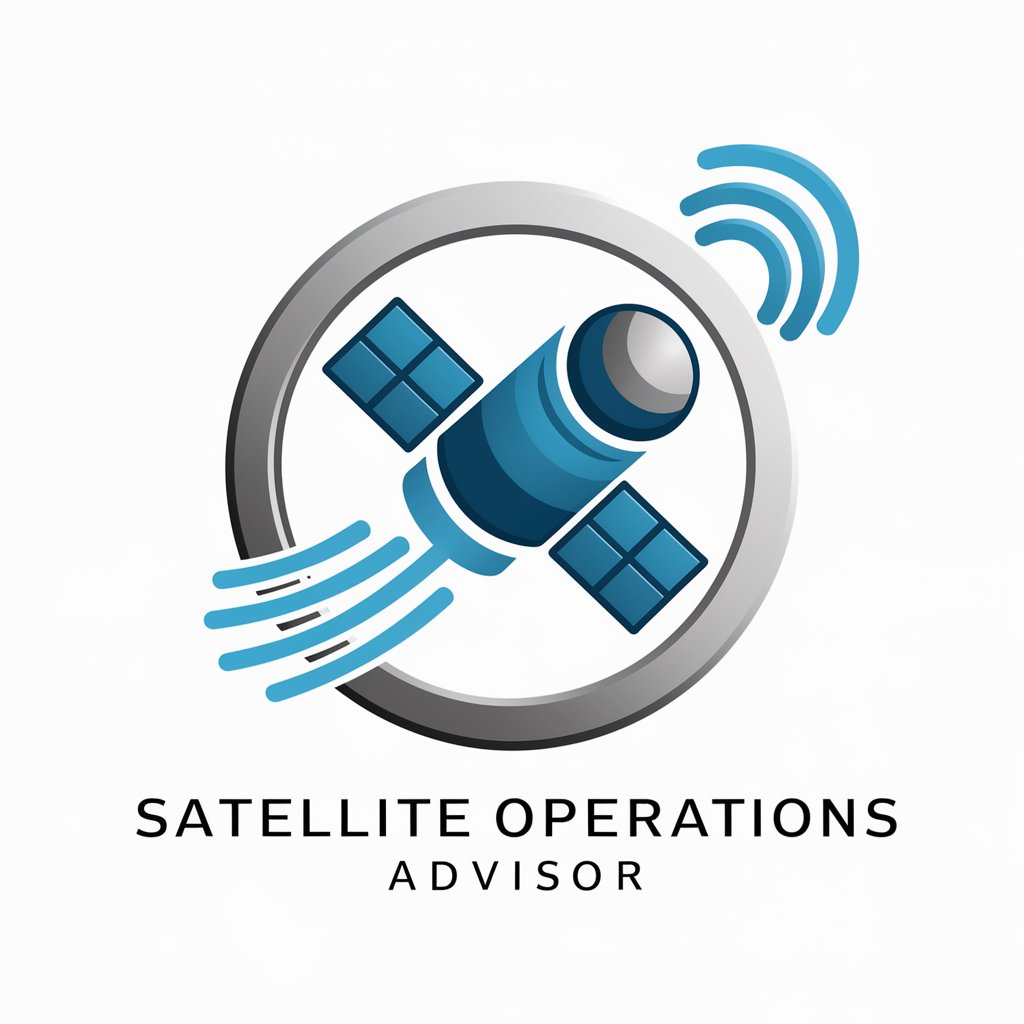
Three JS Development Q&A
What is Three.js used for?
Three.js is a cross-browser JavaScript library/API used to create and display animated 3D computer graphics in a web browser using WebGL. It's widely used for web-based game development, interactive applications, visualizations, and virtual reality experiences.
Can Three.js be used for VR projects?
Yes, Three.js supports WebVR and WebXR, making it a powerful tool for developing virtual reality (VR) experiences that can be accessed through a web browser on compatible devices.
What are the prerequisites for learning Three.js?
The prerequisites for learning Three.js include basic knowledge of HTML, CSS, and JavaScript, as well as an understanding of WebGL concepts. Familiarity with 3D mathematics is beneficial but not required.
How does Three.js handle animations?
Three.js handles animations using its built-in animation system that supports keyframe animations, skeletal animations, and morph target animations. You can control the animation loop manually or use the library's animation mixer for complex animation sequences.
What makes Three.js stand out from other 3D libraries?
Three.js stands out due to its ease of use, extensive documentation, active community, and compatibility with multiple web browsers and platforms. Its high-level API allows for rapid development of 3D applications without needing deep knowledge of WebGL.
